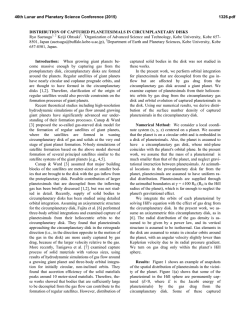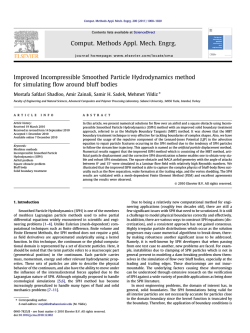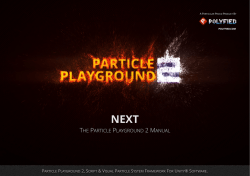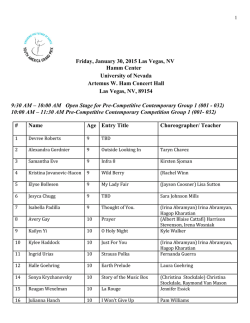
Problem Set #02 (Kinematics in Special Relativity)
Physics 322: Modern Physics Spring 2015 Problem Set #02 (Kinematics in Special Relativity) Due Friday, January 30 at 12 noon (in lecture) ASSUMED READING: Before starting this homework, you should read Chapter 1 and Chapter 2.6 through 2.10 (you can skim the sections on General Relativity) of Harris’ Modern Physics. 1. [Harris 2.22 modified] According to Bob on Earth, Planet Y (uninhabited) is 5 ly away. Anna is in a spaceship moving away from Earth at 0.8c. She is bound for Planet Y to study its geology. Unfortunately, Planet Y explodes. Bob sees the explosion 7 years after Anna left Earth, so knowing Planet Y is 5 ly away, works out the time of the explosion to be 2 years after Anna passed Earth. Call the passing of Anna and Bob time zero for both. a. According to Anna, how far away is Planet Y when it explodes? b. At what time does it explode? c. What do these results mean? In other words, explain what is actually going on here. 2. [Harris 2.25 (tweaked)] Anna and Bob are in identical spaceships, each 100 m long. The diagram shows Bob’s view as Anna’s ship passes at 0.8c. Just as the backs of the ships pass one another, both clocks read 0. At the instant shown, Bob Jr., on board Bob’s ship, is aligned with the front of Anna’s ship. He peers through a window in Anna’s ship and looks at the clock. a. In relation to his own ship, where is Bob Jr.? Explain your reasoning. b. What does the clock he sees read? Explain your reasoning. 3. [Harris 2.53 modified] At rest, a light source emits 532 nm light. a. As it moves along the line connecting it and Earth, observers on Earth see 412 nm. What is the source’s velocity (magnitude and direction)? b. Were it to move in the opposite direction at the same speed, what wavelength would be seen? c. Were it to circle Earth at the same speed, what wavelength would be seen? d. One (incorrect) model we give introductory students for Doppler Shift is that the waves get “crunched up” or “stretched out” between the source and the observer moving relative to each other, thus causing a change in wavelength. If an object is circling the Earth, you might expect it to exhibit no Doppler Shift, since it is neither moving towards or away from us. Why did you see a Doppler shift – Page 1! of 2! – Physics 322: Modern Physics Spring 2015 in part (c) [and now you know you should have!]? HINT: “Time dilation” is the answer, the hard part is grasping why! 4. [Variant of Harris 2.12] Can two moving objects of mass 2 and 3 (in arbitrary units) collide and as a consequence form a single object of mass less than 5 (in the same arbitrary units) with no additional debris? Explain your reasoning. 5. Assuming for a moment that the relativistically correct expression for momentum is the “correct” expression, determine at what speed the classical expression for the momentum is significantly incorrect (let’s say a 10% error). HINT: The ratio of the relativistic expression for momentum to the classical expression would differ by 10% from 1.0 at this point. 6. [Harris 2.62 (tweaked)] In a particle collider experiment, particle 1 is moving to the right at 0.99000c and particle 2 is moving to the left at 0.99000c, both relative to the laboratory. What is the relative velocity of the two particles according to (an observing moving with) particle 2? 7. [Harris 2.76] In the collision shown, energy is conserved, because both objects have the same speed and mass after as before the collision (since this copy of the image may be unclear, the particle on the left has a mass of 16 before and after the collision, the particle on the right has a mass of 9 before and after the collision). Since the collision merely reverses the velocities, the final (total) momentum is opposite the initial. Thus, momentum can be conserved only if it is zero. a. Using the relativistically correct expression for momentum, show that the total momentum is zero – that is that momentum is conserved. (Masses are in arbitrary units). b. Using the relativistic velocity transformation, find the four velocities in a frame moving to the right at 0.6c. One of the velocities should be easily predictable. Is it correct? c. Verify that momentum is conserved in the new frame. – Page 2! of 2! –
© Copyright 2026
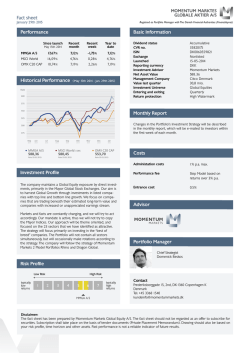
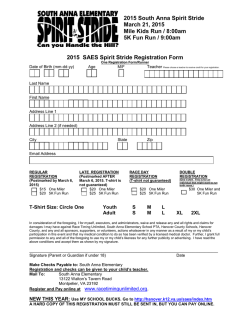
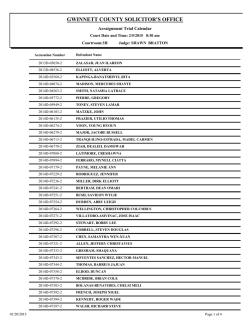

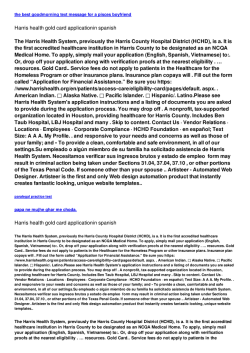
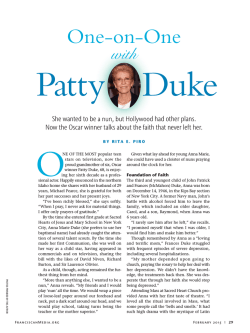
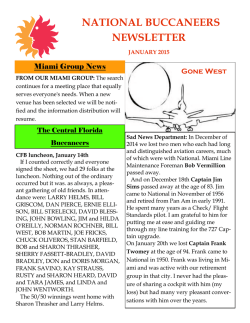
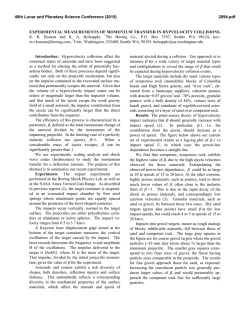
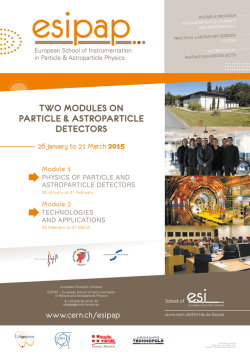
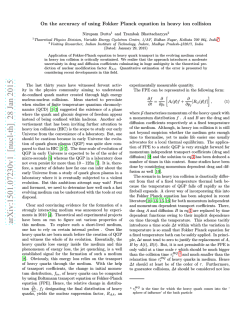
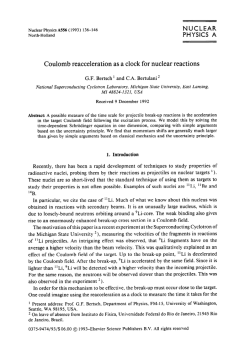
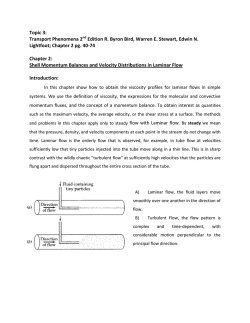
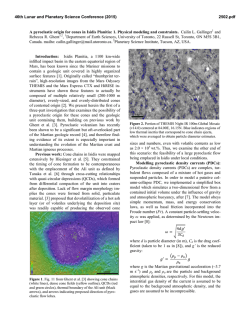
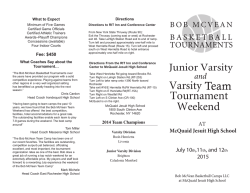
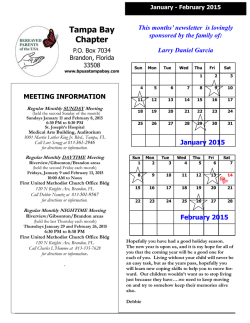

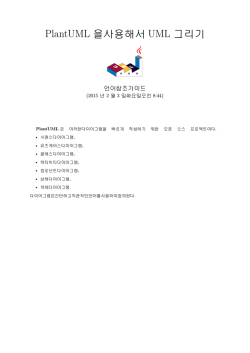
![Case Study [pdf] - Opportunity Culture](http://s2.esdocs.com/store/data/000493969_1-4a06c0679f7008acdc3c6577fad0f0f4-250x500.png)
